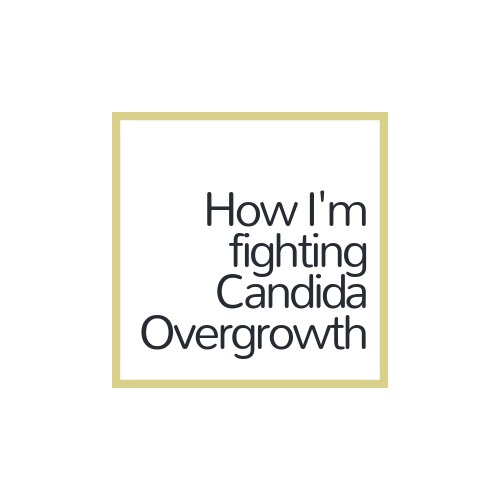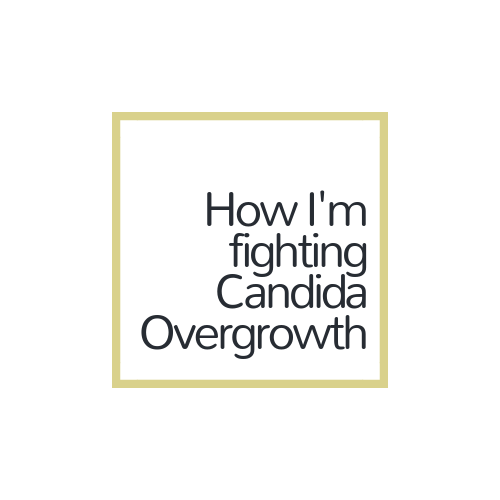Below is a blog post on how I fought candida overgrowth and the tools I use in my 1:1 nutrition practice to help my clients heal.
What is Candida?
Candida Albicans, otherwise known as Candida, is a type of yeast that is naturally occuring in the gastrointestinal system, skin, mouth, and vagina. Candida is normally kept in check by the immune system, gut bacteria/other yeast, and a low pH in our gut. Candida begins to take over, however, if one or more of those things is out of balance.
Antibiotics kill both the good and bad bacteria, and if you aren’t actively working to repopulate your system with good bacteria, an overgrowth may occur. Candida overgrowth may also occur because of a highly processed diet, chronic stress, hormonal birth control, diabetes, or regularly ingesting chemicals that interfere with the balance of the gut microbiome.
Symptoms of candida:
Unexplained weight gain
Rashes and hives
Rosacea
Joint pain
Sugar cravings
Brain fog and memory loss
Vaginal yeast infections
Constipation
Gas and bloating
Fatigue
fungus on nails
Eczema, psoriasis
Mood swings
Anxiety
Depression
Sugar cravings
Rectal itching
Tongue thrush
Headaches
Heartburn
Bad breath
Hair loss.
Candida symptoms are similar to many other symptoms of imbalance in the body. Just because you have a couple of the symptoms doesn’t necessarily mean you have Candida. The best thing to do is work with a healthcare practitioner to determine if candida is part of your health story.
My Protocol:
Anti-fungals
There is quite a bit of debate over whether or not prescription antifungals should be used to fight candida. I personally believe there is a time and a place for conventional medicine, depending on the severity of your candida overgrowth. In my practice my clients mostly use supplements, but we occasionally partner with a Naturopath to get them on prescription anti-fungals like Nystatin.
Diet
The point of an anti-Candida diet is to eliminate foods that feed yeast (sugars, wine & beer, high sugar fruits, gluten and grains, beans and legumes, mushrooms, dairy and foods with high mold content) and replace them with vegetables and protein. Some physicians are not a fan of this diet because it removes most carbohydrates, and studies have shown Candida feeds off ketones (these are produced when the body is no longer using carbohydrates for energy). Removing carbohydrates from the diet too quickly can cause a lot of stress to the body, so it’s best to work with a practitioner who can help you transition to a candida diet safely. Some physicians approach Candida with a low FODMAP diet (which only removes a certain type of carbohydrates that are often poorly absorbed and quickly fermented in the GI tract).
In my practice, we avoid the low FODMAP diet whenever possible and instead opt to limit starchy carbohydrates, encourage the consumption of lots of compliant veggies, and focus on improving the body’s digestion.
I compiled a Candida Grocery List, filled with all the foods I recommend during this protocol and I’m sharing it with you here. The good news is it’s really just a modified paleo diet, so if you’ve been following that you won’t feel too deprived!
[convertkit form=773224]
Supporting the liver and repopulating gut bacteria
The importance of this component of the protocol cannot be underestimated! Candida is incredibly taxing on the liver and many people who struggle with candida also struggle with liver congestion. I help my clients through a gentle detox as we eliminate the overgrowth. We also focus on repopulating the gut with spore based probiotics, which help keep yeast in check.
If you struggle with reoccurring candida, you may need to seek out a deeper root cause of your health issues. For myself and many of my clients, we were dealing with another yeasty beast, mold illness! Head here to learn more about my story in battling mold illness.


+ show Comments
- Hide Comments
add a comment